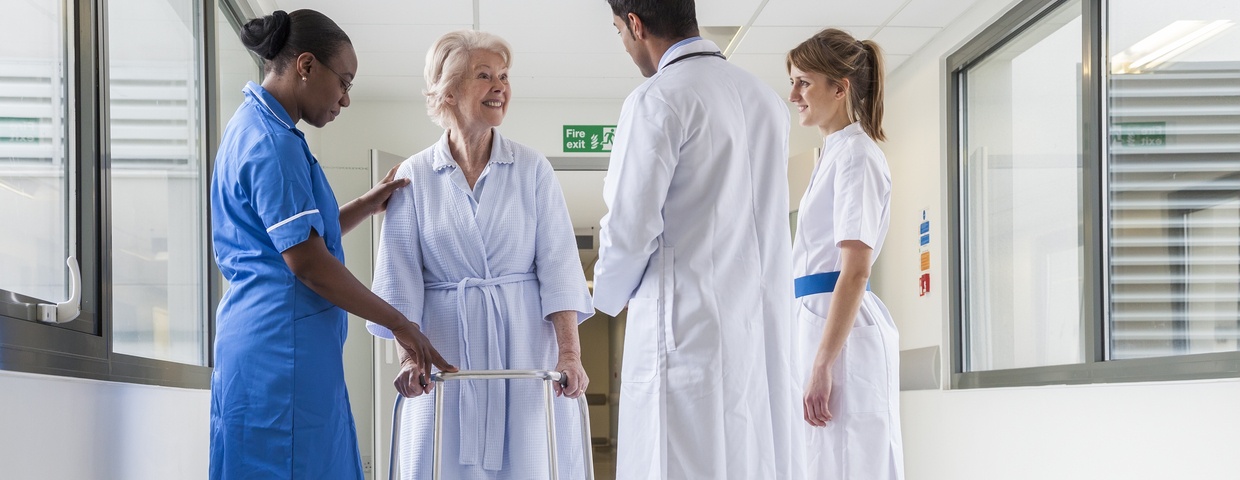Improve Your Heart Health With Cardiac Rehab
If you are struggling with heart health or are recommended post-surgery for cardiac rehabilitation, also known as cardiac rehab, you want to pay attention. This is a heart health program provided by medical professionals that is used to improve your overall cardiac response and recovery rates. If you have had a heart attack, heart surgery, or suffer from heart disease, the use of cardiac rehab can also reduce symptoms associated with cardiac-related illnesses and conditions.










